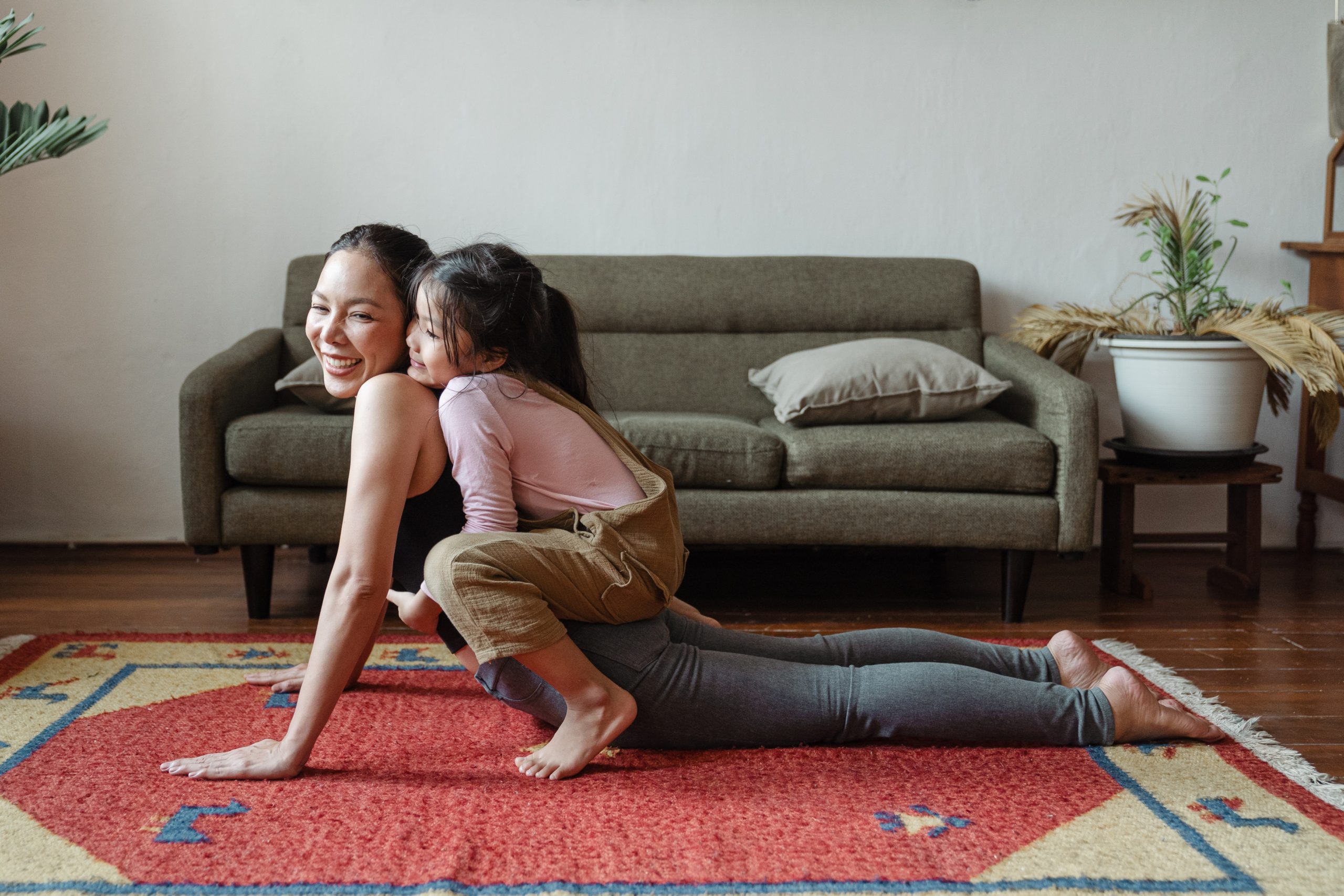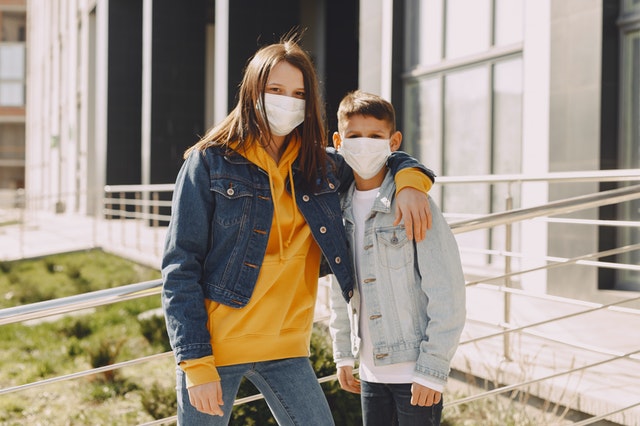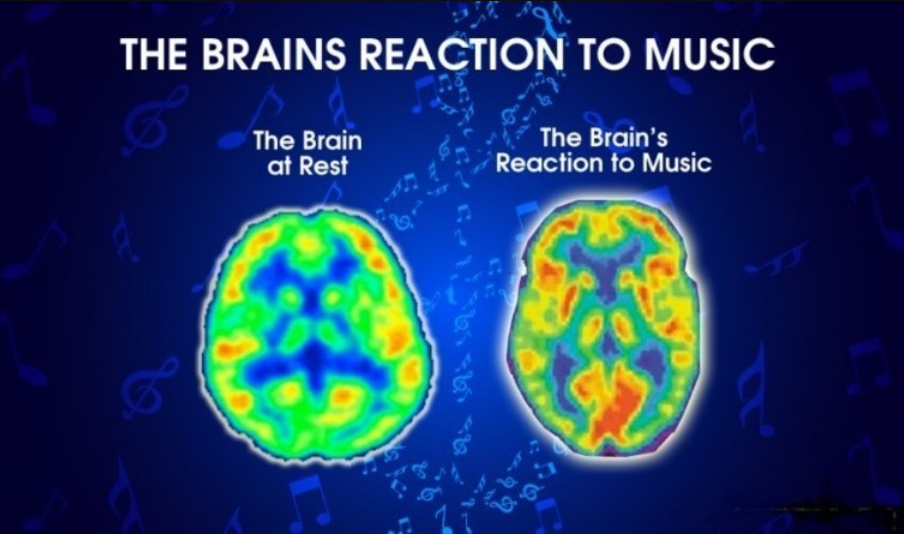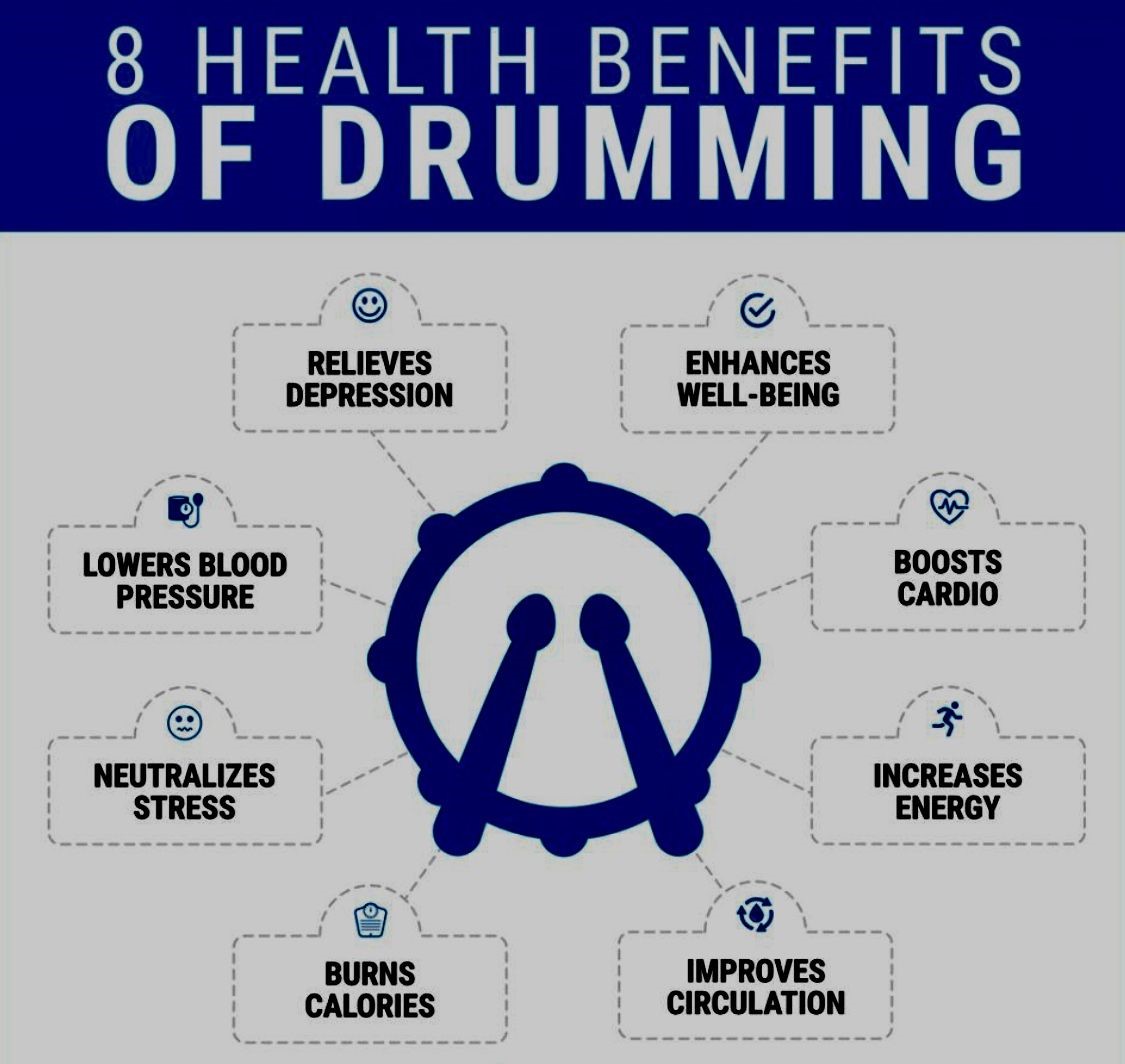No Results Found
The page you requested could not be found. Try refining your search, or use the navigation above to locate the post.

Getting less than the required amount of sleep can affect your health, your mood, and your brain’s ability to function. This is true for children and adults. The longer you go without the sleep you need, the more the harmful effects compound. The recommended hours of sleep fall between 7-8 hours. So, it pays to make sleep a priority every night of the week, even if you need to cut back on some of your current evening activities.
If this is hard for you or your family, you are not alone. We know that more than one-third of adults are sleep deprived. https://www.cdc.gov/media/releases/2016/p0215-enough-sleep.html
10% of children in the United States have a sleep issue. The percentage rises to 50% to 75% in children with mental health and neurologic/developmental disorders. In addition, children need even more sleep than adults. Children ages 5 to 10 need 10 to 11 hours of sleep; those ages 10 to 17 require 8.5 to 9.25 hours. Children are getting enough rest if they can fall asleep within 15 to 30 minutes after going to bed, wake up easily at the correct time, and are awake and alert all day without napping.
What happens when you sleep?
Blood pressure drops
Breathing becomes slower
Muscles are relaxed
Blood supply to muscles increases
Tissue growth and repair occurs
Energy is restored
Immune system is strengthened
Hormones are released, such as: Growth hormone, essential for growth and development, including muscle development
For these reasons and more we want to be sure to make sleep a priority. Sleep’s most obvious benefit is energy. With a good night’s sleep, your mind is alert, and your body is responsive and resilient. You can learn more quickly and better remember what you learned. Your judgment is more likely to be on target, and your reaction time optimized. On the other hand, lack of sleep can negatively affect your mood and your ability to think and function. Your productivity and your creativity are likely to be compromised as a result.
Over time, lack of sleep can have consequences on your physical health. Heart disease, high blood pressure, weight gain, diabetes, depression, and anxiety are among the many conditions that have been linked to insufficient sleep.
8 Strategies for Sound & Sustained Sleep
We suggest the following music for relaxation and sleep. Each one is unique in its composition. Try all of them to determine if one is more helpful than another.
The page you requested could not be found. Try refining your search, or use the navigation above to locate the post.

Blog post written by Kayla Davitt, MT-BC
Song performed and recorded by Jamie Swieringa, MT-BC
Stress. Stress of the unknown, stress of responsibilities. Now more than ever, we find ourselves in a time full of uncertainty. With schools announcing their plans for reopening, these times ahead are sure to be full of anxiety and worry. As adults, we have a better understanding of how to handle the stressors of everyday life. However, young children may not know how to express how they are feeling or how to regulate their bodies to bring them back to a state of calm. But, with Alex Bauermesiter’s book Hands to Heart: Breathe and Bend with Animal Friends, children will be able to relate their emotions with animals in the book and learn how to use yoga poses (demonstrated by the animals in the book) to calm themselves down and relax.
As a music therapy agency, we at UMTC find it extremely important to address the mental health of children through the use of music. One of our therapists, Jamie Swieringa, has written a melody to use along with this book in order to bring in the element of music to assist relaxation.
In order to get the most out of all this book has to offer, here are some suggestions to keep in mind:
Deep breathing
This book focuses a lot on simple yoga poses. However, your child will benefit more from the poses if they pair them with deep breathing. Encourage your child to breath from their belly while keeping their shoulders down. This type of breathing through the diaphragm will force our bodies to slow down and focus.
Adjust the poses as necessary
Most of the yoga poses in this book are straightforward, but some do involve laying on the floor. If your child is unable to lay on the floor for any reason, they can still do the poses! Everyone has different abilities, so it is perfectly acceptable to adjust the poses as necessary in order to help your child be most successful.
Zones of regulation
For those students that are older, you can use this book to identify the different zones of regulation. If you are not familiar with the zones of regulation, click here to learn more. It is a system in which emotions are put into colored categories: red, blue, green, and yellow. Encourage your child to identify how they are feeling, what zone that feeling is in, and what they can do to get themselves back to the “green zone” or a state of calm.
We hope you enjoy using this book in your homeschooling adventures! For more resources and activities to use with your children, please visit our “Resources” tab located at the top of the page.
If you are interested in purchasing Hands to Heart: Breathe and Bend with Animal Friends, click here.
Happy reading!

One of our top priorities since the middle of March has been to carefully watch for the emotional wellbeing of our students, and their families once we began remote therapy sessions. As children were approved by each school district to receive music therapy through a teleconferencing platform, according to their IEP, one of our first priorities was observing for any cues during the teleconferencing session that the student or family were experiencing social-emotional challenges due to the stay at home order. Since then we have worked diligently to reach families who have been less responsive to explore if there is another level in which we can support them, even if teleconferencing is not an option. This has included phone calls, emails and sending packets of digital and printed music opportunities for the parent to participate in with their child. Music has offered the child and family a refreshing escape from some of the day to day challenges they have been experiencing. Families have at times sought out continuing music therapy over other services for the summer because of the positive effect it has had.
Uncertainty for the Fall
As school district administrations watch for direction from the state governors for guidelines, they are surveying the families. The intent is to determine what type of school attendance the parents are thinking is best for their children and family circumstances, however, in some cases the preferred choice is not available. One of the most popular preferred choices that have not been an option on the surveys is reopening schools fully for all students and allowing families to decide if they would like to participate. Instead, there appear to be hybrid models being proposed combining online learning and school attendance, to spread out the children during bussing and within the facility. Regardless of what each school district decides they will be offering the students and their families; it has become clear that the anxiety over what the new school year will look like is rising.
Parents are sharing the following concerns and questions:
Parents are wise to watch their children’s reactions to the changes they are experiencing. Here are some of the symptoms that might be observed:
4 to 7-Year Old
In children ages 4 to 7 years, children tend to express stress through regression and separation anxiety. They may begin bedwetting or cling to a parent when they attempt to leave the home. This is where routine comes in. It does not need to be the same routine from Pre-Covid19, it simply needs to be realistic for the current situation. This age group also struggles with social distancing which makes getting together with other children more difficult.
7-10-Year Old
In the 7 through 10 age group, children can pick up on stress and may become fearful for their own health. At this age, they are not typically capable of expressing their own emotions. The parent may see an increase in irritability or crying. Limiting how much news and adult conversation is conducted about the pandemic around these children is important. Instead, create opportunities for the child to talk with an adult and ask questions they have about what is going on as well as share how it is impacting their life, including their own health fears.
10-13-Year Old
In ages 10 to 13 years, children tend to struggle with academics. At this age, they work well with structure, which is why they need routine. They generally have not developed self-regulation at this age which makes schooling with much less instruction and guidance especially challenging. Parents should focus on the effort of the child and not necessarily the completed tasks. Providing them with an organized space and helping them create a structure that works best for them is most helpful for children in this age bracket.
14-17-Year Old
At ages 14 to 17, social distancing can have a devastating effect on them, resulting in an increase in depressive symptoms such as listlessness and lack of motivation. This age group is heavily impacted by the loss of sporting games, social gatherings like proms, clubs, and other regular or annual events. They can express their emotions and will do so when feeling safe and supported, so offer those natural times to open the door for honest conversation. Seek out someone outside of the family if they are not willing to talk to a family member. Assist your child in finding acceptable online social opportunities like yoga classes, gaming, and Zoom parties with their friends.
Creating a New Normal
All children can benefit from learned breathing exercises, mindfulness, regular weekly social gatherings online or in a pod, and scheduled weekly family activities that the child enjoys. Creating a new normal for this time is important while watching your children for emotional wellbeing concerns.
If your child is experiencing a difficult time with the many changes COVID-19 has created feel free to scroll down and send us a message in the Contact Us portion. We have many services including, counseling, creative arts therapy, and music therapy that might be helpful.

For years we have seen the research that music, singing, playing an instrument, and even listening to specific music can increase the capabilities of the brain. These activities result in the brain being stimulated on both sides an occurrence called hemispheric synchronization. It is astounding to see brain imaging of a person in the presence of music compared with when they are not. Look at the image below. The brain’s reaction to music shows the dramatic increase in areas that are stimulated, accessed, and can be altered by the musical sound & rhythm.

From the release of dopamine, a feel-good chemical, our attention is focused away from a negative stimulus to something pleasant and engaging. Music has a huge impact on the brain and our emotions. Music can alter our breathing and heart rate as well as improve our state of mind. This helps keep things like depression and anxiety at bay. Music can reduce the perception of pain and even alter patterns of pain, depression, and disability. Music occupies the mind with something familiar and soothing. This creates an environment of comfort and a sense of safety.
As we explore the specific health benefits of drumming, you might be surprised at the vast areas within the brain that drumming can impact. It has been determined that drumming synchronizes the right and left hemispheres. We have learned that when the logical left hemisphere and the intuitive right hemisphere of your brain begin to pulsate together, your inner guidance system, or intuition, becomes stronger.
Drumming also appears to synchronize the lower areas of the brain (non-verbal) with the frontal cortex (language and reasoning). This integration produces feelings of insight and certainty. For these reasons, therapeutic drumming may be a powerful tool in helping retrain the brains of people who have some level of damage or impairment. Those diagnosed with Attention Deficit Disorder (ADD), have suffered a stroke, or have a neurological disease such as Parkinson’s are appropriate candidates for therapeutic drumming.
Finally, music with a strong beat can stimulate brainwaves. Slow beats create the slow brain waves that are associated with hypnotic or meditative states. Faster beats may increase more alert and concentrated thinking. When Beta waves used for concentration change to Alpha waves your body and mind will begin to calm and feel more relaxed. This may be helpful to individuals suffering from depression and anxiety.
Professional drummer Alex Rüdinger has faced and battled depression. Drumming has been an integral part of his recovery. His story is quite powerful and worth the read. https://audient.com/2019/04/02/rudi_drums/
What about those who are not professional drummers? Can drumming be helpful to untrained musicians? There have been some comprehensive studies done with individuals suffering from anxiety and depression who have no musical training that has shown very nice results.
The study, Effects of Group Drumming Interventions on Anxiety, Depression, Social Resilience and Inflammatory Immune Response (2016), explored whether a music-making intervention, specifically group drumming, could improve mental health over several weeks. Additionally, in order to ascertain the physiological effects of drumming, the study explored whether psychological responses were found in parallel with a reduction in pro-inflammatory response.
Their hypothesis was that across ten-weeks of group drumming there would be a decrease in symptoms of depression, anxiety, and improvements in social resilience and mental wellbeing. It was determined that ten weeks or more of group drumming for 90 minutes each session did decrease anxiety and depression as opposed to the control group who did not receive group drumming. In addition, they were thrilled to document that these participants also maintained decreased levels of anxiety and depression at the 3-month follow-up.

Considering the many health benefits of drumming it is an excellent option for those experiencing mental health challenges. Are you interested in getting involved in a group this Fall? Send us a message by using our Contact Us link. We would love to speak with you more.
Works Cited
Fancourt, D., Perkins, R., Ascenso, S., Carvalho, L. A., Steptoe, A., & Williamon, A. (2016). Effects of group drumming interventions on anxiety, depression, social resilience and inflammatory immune response among mental health service users. PloS one, 11(3), e0151136.

Young children look for emotional cues from caregivers to help interpret the environment. They rely on their caregiver’s facial expressions, tone of voice, and body posture to identify and understand emotions. There is much controversy on mask-wearing and at what age do children need to be masked in public. Regardless, our young children are being exposed to environments where they many times cannot see the bottom portion of the other person’s face, causing difficulty for them to fully understand what is being communicated. In some cases, they are having a difficult time socializing with their peers, which is especially frustrating for them.
Below are a few ideas and tips for helping children identify emotions when your face, your most expressive feature, is covered by a mask. Use these strategies to let children know that behind the mask, a kind and warm expression is still there!
Click here for “This is How I Feel Today” visuals.
If your child is experiencing a difficult time with the many changes COVID-19 has created feel free to use the Contact Us Link to speak with one of our therapists. We have many services that might be helpful.